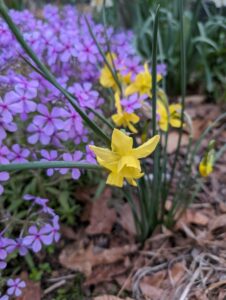
Spring Reflections: How Long Have You Been Gardening?
The winter is coming to an end this week in Lee County. As we and our plants begin the …



El inglés es el idioma de control de esta página. En la medida en que haya algún conflicto entre la traducción al inglés y la traducción, el inglés prevalece.
Al hacer clic en el enlace de traducción se activa un servicio de traducción gratuito para convertir la página al español. Al igual que con cualquier traducción por Internet, la conversión no es sensible al contexto y puede que no traduzca el texto en su significado original. NC State Extension no garantiza la exactitud del texto traducido. Por favor, tenga en cuenta que algunas aplicaciones y/o servicios pueden no funcionar como se espera cuando se traducen.
Inglês é o idioma de controle desta página. Na medida que haja algum conflito entre o texto original em Inglês e a tradução, o Inglês prevalece.
Ao clicar no link de tradução, um serviço gratuito de tradução será ativado para converter a página para o Português. Como em qualquer tradução pela internet, a conversão não é sensivel ao contexto e pode não ocorrer a tradução para o significado orginal. O serviço de Extensão da Carolina do Norte (NC State Extension) não garante a exatidão do texto traduzido. Por favor, observe que algumas funções ou serviços podem não funcionar como esperado após a tradução.
English is the controlling language of this page. To the extent there is any conflict between the English text and the translation, English controls.
Clicking on the translation link activates a free translation service to convert the page to Spanish. As with any Internet translation, the conversion is not context-sensitive and may not translate the text to its original meaning. NC State Extension does not guarantee the accuracy of the translated text. Please note that some applications and/or services may not function as expected when translated.
Collapse ▲
The winter is coming to an end this week in Lee County. As we and our plants begin the …
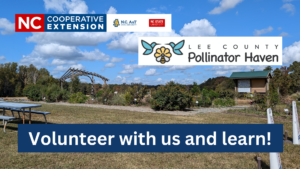
Join us! Want to get your hands in the soil? Want to learn some weeds? Need to get a shovel …
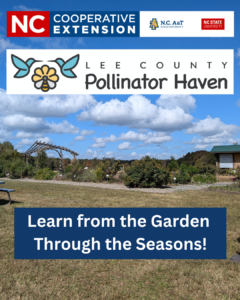
Join Us! A garden is a wonderful plant to learn about gardening, horticulture and nature. The Pollinator Haven Extension Demonstration …

The Extension Master Gardener volunteers of Lee County welcome community members to the inaugural Therapeutic Horticulture Garden Craft Gathering. …
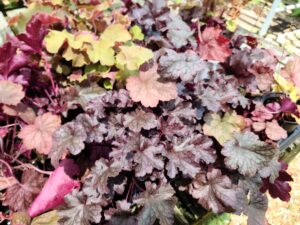
Heucheras, also known as coral bells, are a garden staple prized for their vibrant, textured foliage and delicate, bell-shaped …
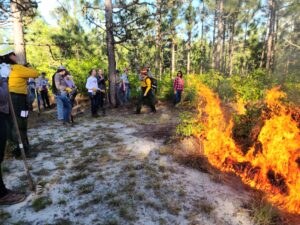
We have all watched in horror as wildfires have ravaged the western states and provinces of North America. It …
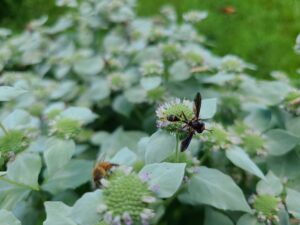
We’re going to make 2025 the “Year of the Pollinator” (well, every year should be about pollinators because we …
Live Christmas trees are such a presence in our lives during the holiday season. They bring warmth, light, fragrance …
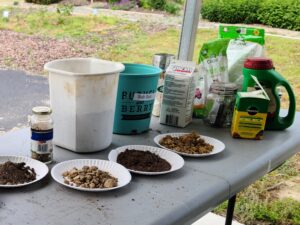
‘Tis the season for enjoying greenery indoors as we gather together for the holiday. We tend to think about …
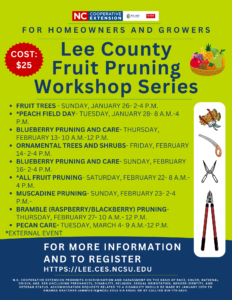
We are excited to offer another fun season of pruning workshops in Lee County (and the surrounding area). We …

REGISTER for Conference HERE Event Title: Sandhills Professional Turf and Ornamental Conference 2025 Date: Thursday, February 6, 2025 Time: 7:30 a.m. to 2:30 p.m. Location: N.C. Cooperative …

Gardening in raised beds has become very popular over the last few years. It appeals to people who have …
December is a time we start looking inward in the Northern temperate regions. The dark and cold weather presses …
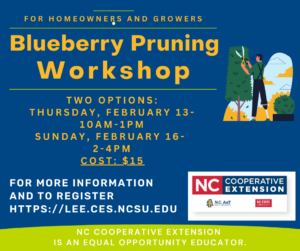
N.C. Cooperative Extension – Lee County Center is excited to partner with local homeowner Helen Spitler, who has inherited …
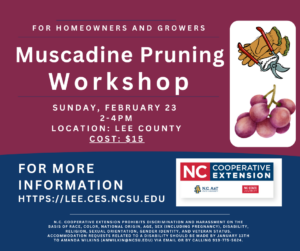
N.C. Cooperative Extension – Lee County Center is excited to partner with local muscadine grower, AK Griffin, in Broadway …

We love seeing our Green Industry Professionals! It’s that time again! We are looking forward to welcoming green industry professionals …
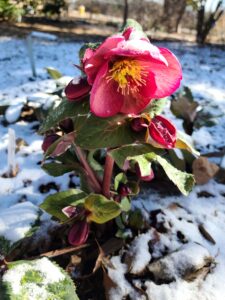
Finally, we are experiencing a real, deep cold (the teens, brr!) in Central North Carolina. There’s frost on the …
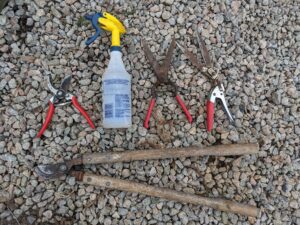
Pruning is one of the most important tenants of garden maintenance and it causes the most anxiety among gardeners. …
It is shaping up to be our favorite kind of fall, with temperatures already dropping in the 40s at …
Plants have been used as symbols since the dawn of civilization, and their meaning can resonate through time and …
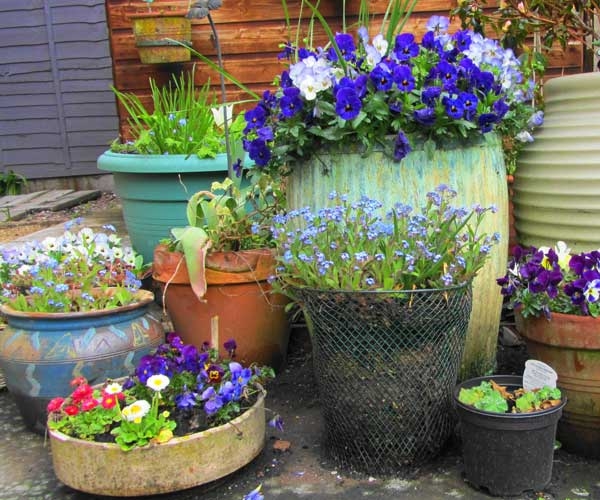
In this publication you will find ideas to get you started growing your own edibles. …

Black root rot impacts a range of woody and herbaceous ornamental plant species primarily in …

This Entomology Insect Note discusses how to identify and manage common armored scale insects that …
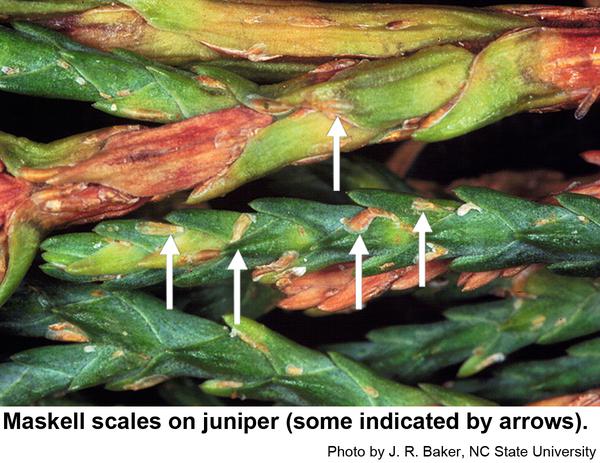
This factsheet describes the biology of the maskell scale, Lepidosaphes maskelli, and provides residential management …
This guide is designed to help turf managers identify the major turfgrass pests found in …

This native plants chapter of the Extension Gardener Handbook defines the term native, why gardeners …

This field guide and linked resources provide information on basic insect identification, sampling methods, monitoring, …

This publication alerts prospective gardeners to some of the most common contaminants in urban soils, …